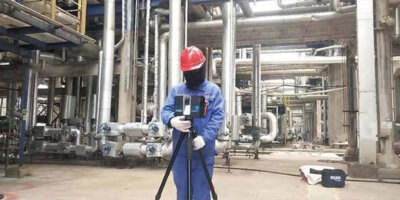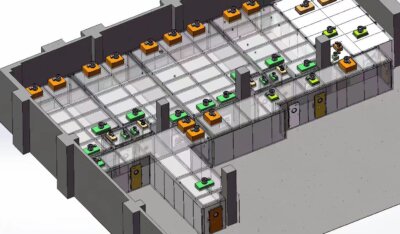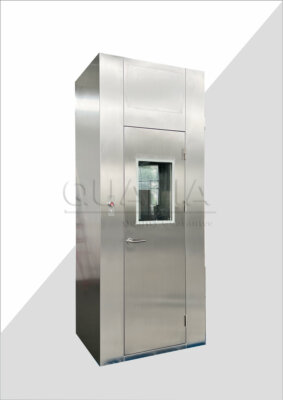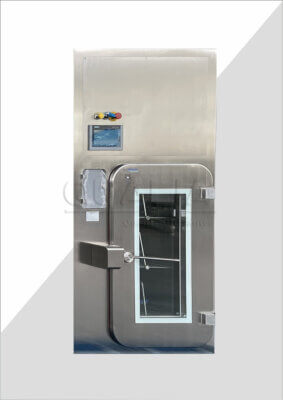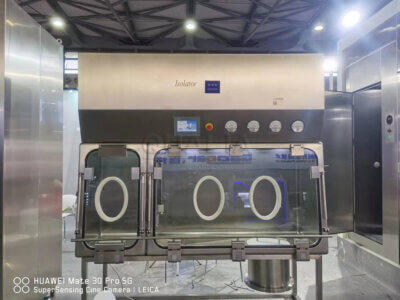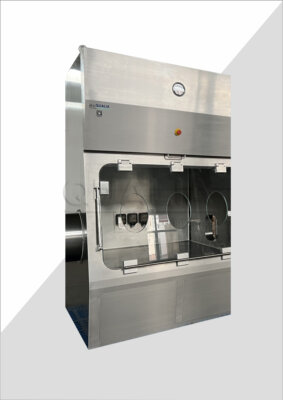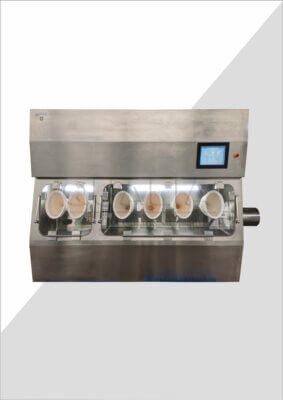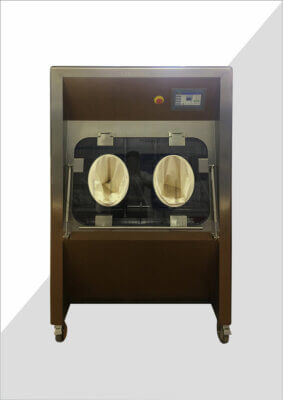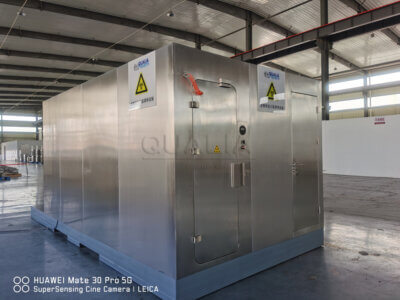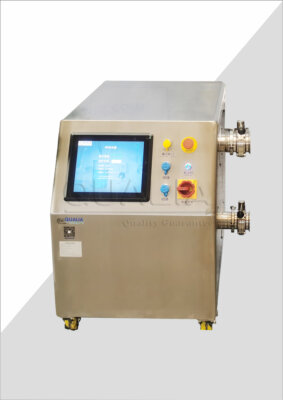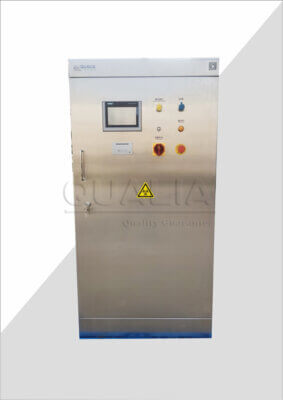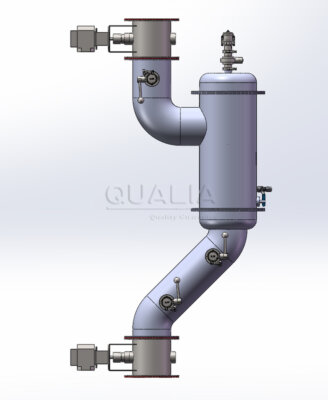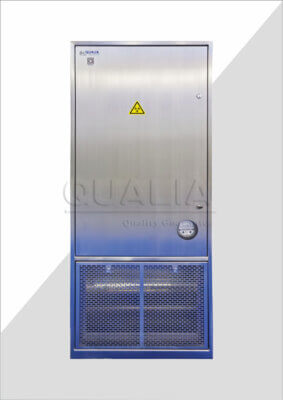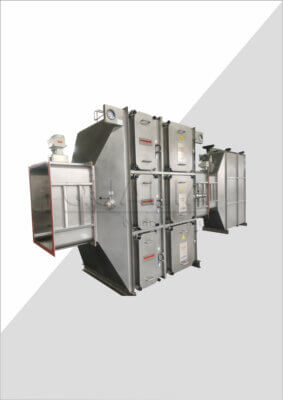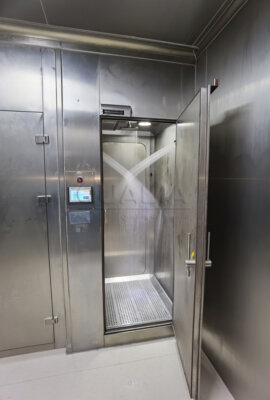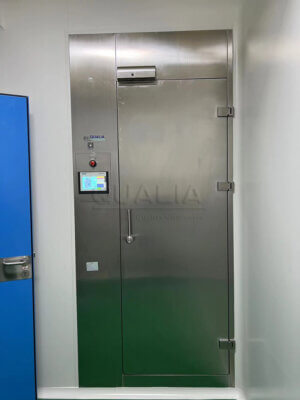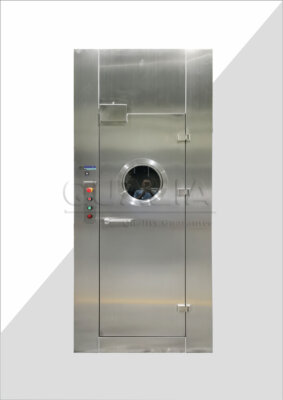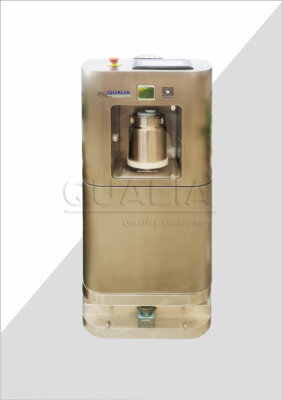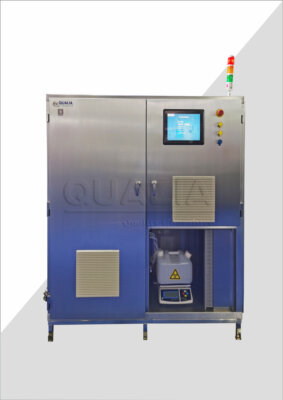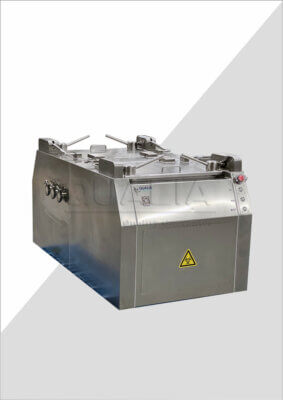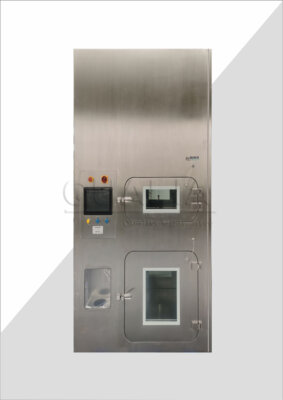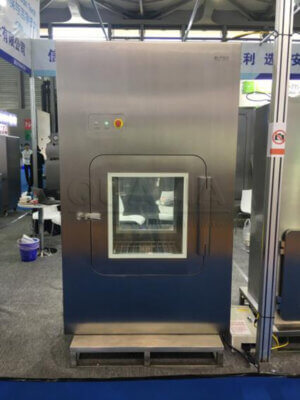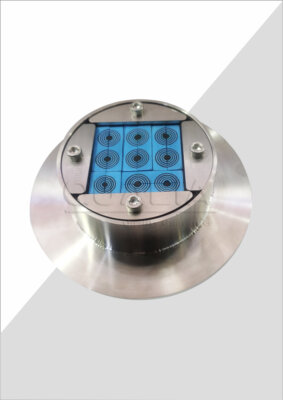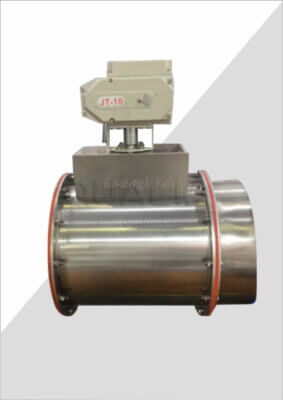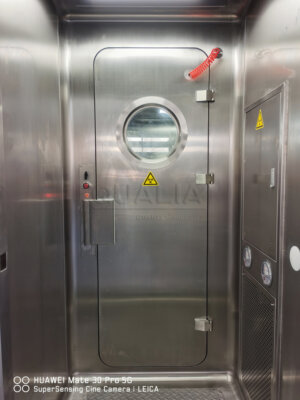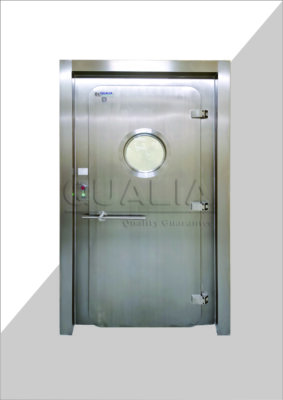In the realm of precision and purity, clean rooms stand as the bastions of quality and reliability, particularly in industries such as life sciences, electronics, and pharmaceuticals. Among these, the Class 3 clean room is a benchmark of excellence, ensuring environments that are virtually particle-free. If you're curious about what it takes to achieve this lofty standard, let's delve into the specifics of Class 3 clean room requirements, a standard that QUALIA, a leader in controlled environments, helps businesses attain with precision.
The ISO 14644-1 Standard: A Global Benchmark
The International Standards Organization (ISO) has set the gold standard for clean rooms through the ISO 14644-1 guidelines. This standard categorizes clean rooms into nine classes based on the maximum number and size of particulates allowed per cubic meter of air. A Class 3 clean room is among the most stringent, reflecting the highest levels of cleanliness.
Particle Count and Size: The Key Metrics
For a clean room to be classified as Class 3, it must adhere to strict particle count limits. Specifically, a Class 3 clean room can have no more than 102 particles greater than 0.3 microns and no more than eight particles greater than 1.0 micron per cubic meter of air. This level of purity is crucial for processes that demand ultra-fine particulate control, such as certain semiconductor manufacturing and biotechnology applications.
Air Changes and Filtration: Ensuring Purity
To maintain such a high level of cleanliness, Class 3 clean rooms require robust air filtration systems. These rooms typically undergo 500-750 air changes per hour, ensuring that the air is constantly refreshed and purified. Ultra-Low Penetration Air (ULPA) filters are commonly used, providing 100% ceiling coverage to capture even the smallest particles.
Unidirectional Airflow: A Critical Component
Unidirectional airflow is a critical feature of Class 3 clean rooms. This system involves filtered air being continuously directed downward through perforated raised floor panels, creating a laminar airflow that minimizes turbulence and particle circulation. This setup is essential for removing airborne particles and maintaining the required level of cleanliness.
Positive Pressure and Controlled Environment
Class 3 clean rooms must operate under positive pressure to prevent contaminated air from entering the clean environment. This positive pressure ensures that clean, filtered air flows from the clean room to less-clean areas, maintaining the integrity of the space. Additionally, the room must be designed to minimize contamination from external sources, including the relocation of electrical conduits, lighting, and HVAC ducting during installation.
Testing and Certification: Ensuring Compliance
Achieving and maintaining a Class 3 clean room involves rigorous testing and certification. Clean rooms are evaluated in three states: as-built (empty room with the filter system running), at rest (with equipment but no personnel), and operational (with both equipment and personnel). Each state must meet the specified particle count requirements to ensure compliance with ISO 14644-1 standards.
In conclusion, a Class 3 clean room is not just a space; it's a highly controlled environment that demands precision and adherence to strict standards. With QUALIA's expertise in designing and maintaining such environments, businesses can ensure they meet the highest standards of cleanliness, safeguarding the quality and integrity of their products. Whether you're in the life sciences, electronics, or pharmaceutical industry, understanding and implementing these requirements is crucial for achieving excellence in your field.
Related Contents:
- What are the General Requirements for a Clean Room?
- What is the Cleanest Cleanroom Class?
- What are the OSHA Requirements for Clean Rooms?
- What is the Height of a Modular Clean Room?
- How to Design a Cleanroom?
- Ensuring Sterility and Safety: The Cutting-Edge Solutions from QUALIA
- Enhancing Facility Safety with Bag In Bag Out (BIBO) Systems: A Comprehensive Overview
- What is a Cleanroom Model?
- Key Features of Qualia’s Bag-in Bag-out Filtration Systems


